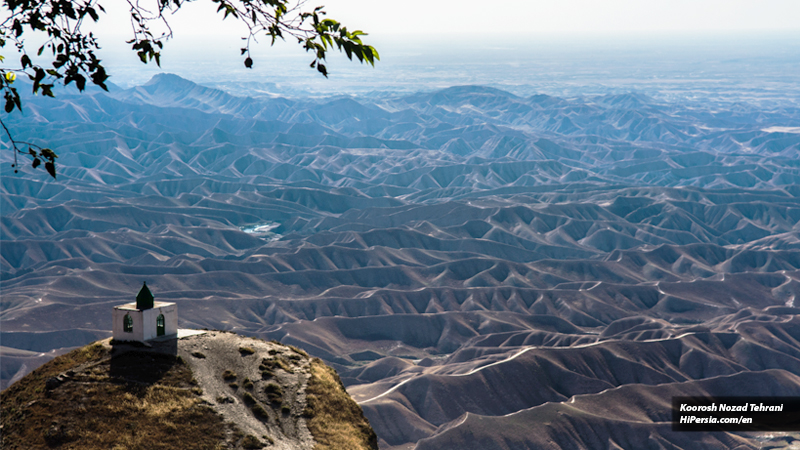



Turkmen Sahra is a beautiful and pristine region in the northeast of Iran. A lot of tourists travel there every year and delights in its fantastic nature.
Turkmen Sahra is located in the northeast of Iran and is bounded in the west by the Caspian Sea and in the north by the Republic of Turkmenistan. This dreamy area ends on the east with North Khorasan and Bojnourd, and from the south with the northern mountains of the Alborz, covering many parts of the provinces of Golestan and North Khorasan. Cities that are part of the Turkmen Sahra consist of Gonbad Kavus, Bandar Torkaman, Kalaleh, Aq Qala, Maraveh Tappeh, Siminshahr, Kümüş depe, Neginshahr, and Anbar Olum. Due to its vast expanse, this area has unique natural and historical attractions, including the world's tallest brick tower of Gonbad-e Qabus, Hezar Darreh, a mysterious stone cemetery, and Turkmen horses. In addition to these attractions, the rich culture of the Turkmen people is also a valuable legacy for the Turkmen Sahra.

Among the ups and downs of this area, there is a pathway that leads to a hill called Gogjeh Daq. Over this hill, the Tomb of Khalid Nabi is located. By seeing the surrounding landscapes of the Tomb of Khalid Nabi, your soul will surely be conquered.

There is a geological phenomenon in the Turkmen Sahara region, called the Hezar Darreh or Thousand Valleys, which consists of loose sedimentary rocks. There is no such vegetation in this area, and water erosion and high water congestion have led to a lot of ruptures in the range of the Hezar Darreh.

On the eastern side of the Khalid Nabi Tomb, there is a large cemetery with stunning and strange scenery. Over 600 standing stones, which are spread out in several locations, were found by an archaeologist called David Stronach. About half of them are on the ridge, which he calls High Plateau. At some distance, there are about 150 stones, which are distributed over a wide area on the south side of the mountain.
David Stronach noted two types of gravestones in this site. In both, he saw highly stylized representations of people.
Type one: The cylindrical column gravestone with a cape-like top and heights between 60 cm to 4 m. Many of them have horizontal ribs on the shaft. Stronach interprets this type of gravestone as depictions of men with their caps, helmets, and in some cases with clearly visible turbans, pointing to parallels in Turkic Ottoman grave markers.

Type two: This type of gravestone is generally smaller. They have rectangular sections and two opposed high-set lobes. Stronach interprets these as human shapes with arms in akimbo position, as visible in two elaborately carved stones on the sit,e which clearly show the human form. He saw no indication of type two being female grave markers.

Due to the geographical situation in the Turkmen Sahara, the best time to visit there is between April and May, as well as the fall season.

By car: You must first come to the town of Kelaleh. The distance from Tehran to Kalaleh is about 535 km and takes about seven and a half hours. Then continue the route towards Maraveh Tappeh and change the path to the village of Tamer-e Qarah Quzi and continue the route until the end. The entire path is marked with the signposts, and you can easily find your way.
By train: You must take the train from Tehran to Gorgan and continue the rest of the way with a taxi or minibus.
By bus: Take the bus from Tehran to Kalaleh, and then take a minibus to Turkmen Sahra.







“Oh! Squander not this breath that Heaven hath lent thee, Nor make too sure another breath to borrow!’” Khayam